Home>Storage Ideas>Bathroom Storage>5 Bathroom Cleaning Hacks That Don’t Work
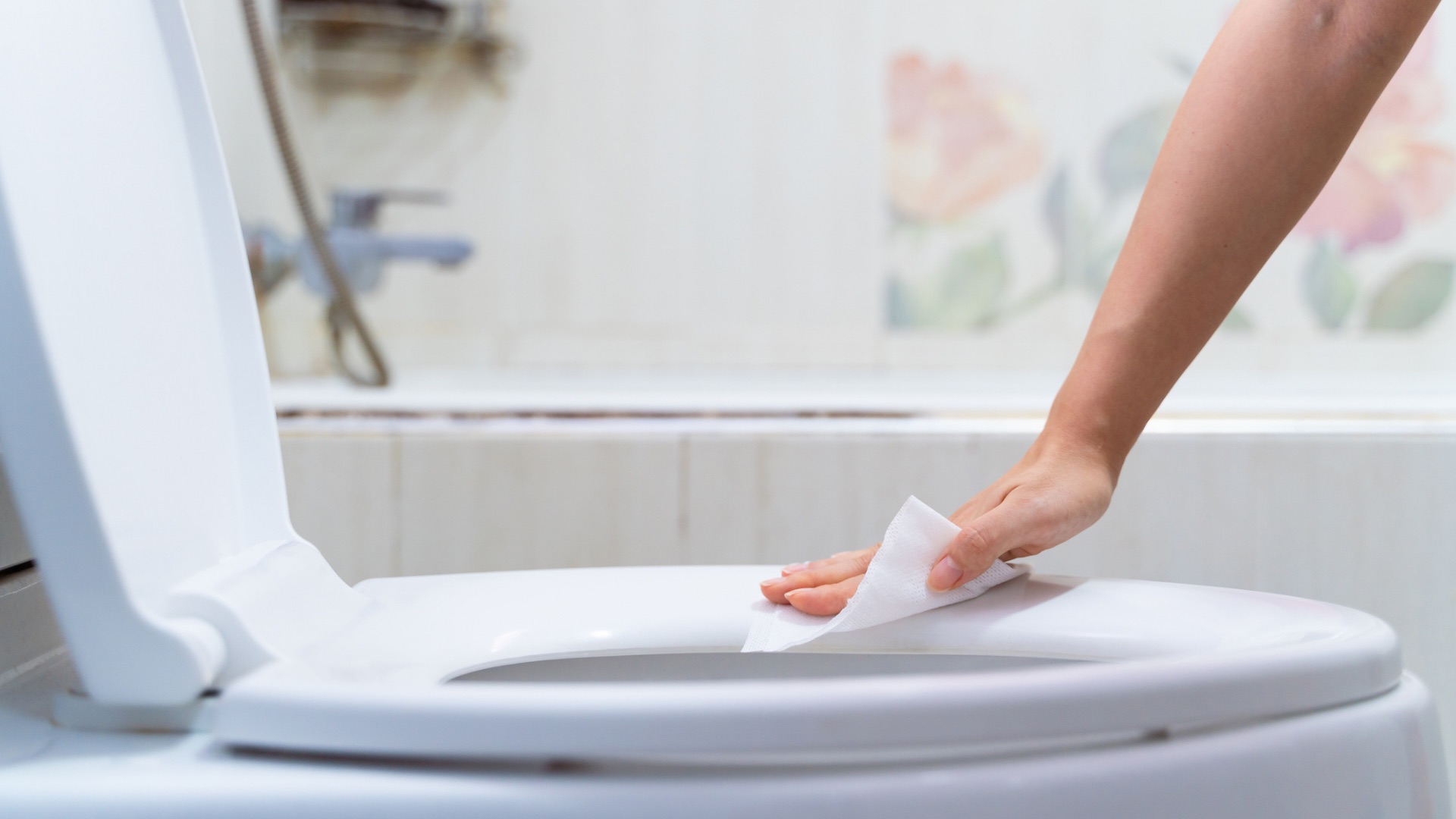

Bathroom Storage
5 Bathroom Cleaning Hacks That Don’t Work
Modified: February 29, 2024
Discover 5 bathroom cleaning hacks that promise to enhance bathroom storage, but fail to deliver. Explore alternative solutions for efficient organization.
(Many of the links in this article redirect to a specific reviewed product. Your purchase of these products through affiliate links helps to generate commission for Storables.com, at no extra cost. Learn more)
Introduction
When it comes to keeping your bathroom clean and organized, having efficient storage solutions is crucial. Bathrooms are often small spaces that can quickly become cluttered with towels, toiletries, and cleaning supplies. To make the most of your bathroom storage, it’s important to understand which items are essential and how to optimize the available space.
In this comprehensive guide, we will explore various bathroom storage options, from cabinets and shelves to innovative organizers and space-saving tips. Whether you have a spacious bathroom or a compact one, you’ll find plenty of ideas and inspiration to maximize storage and keep your bathroom tidy and functional.
From utilizing vertical space to cleverly organizing your vanity, these tips and tricks will help you create a well-organized bathroom where everything has its place. Let’s dive in and discover the world of efficient bathroom storage.
Key Takeaways:
- Don’t rely solely on DIY cleaning hacks. Consider their limitations and potential drawbacks, and be open to using specialized products for more effective and safer results.
- Efficient bathroom storage is crucial for a clutter-free oasis. Balance practical solutions with clever hacks to create a well-organized and inviting space.
Hack #1: Lemon and Vinegar Solution
One popular hack for cleaning bathroom surfaces is to use a mixture of lemon juice and vinegar. The acidity of these two ingredients is believed to help break down grime and dissolve stubborn stains. While it may seem like a natural and effective cleaning solution, there are a few things to consider before grabbing lemons and vinegar for your next bathroom cleaning session.
Firstly, while lemon and vinegar can help remove mild stains and dirt, they may not be effective against more stubborn and deep-seated grime. In such cases, you may need to use specialized bathroom cleaners or scrubbing agents. Additionally, the acidity of lemon and vinegar can potentially damage certain surfaces, especially natural stone or delicate materials. It’s crucial to test the solution on a small, inconspicuous area before applying it to the entire surface.
Furthermore, the strong smell of vinegar can be off-putting for some individuals. If you’re sensitive to odors or simply prefer a more pleasant scent, there are alternative cleaning solutions available in the market that are specifically formulated for bathroom cleaning.
While the lemon and vinegar solution can be effective for certain cleaning tasks, it’s important to evaluate its suitability for the specific surfaces and stains in your bathroom. Always exercise caution and follow the instructions provided by the manufacturer for optimal results.
Hack #2: Toothpaste for Grout Cleaning
Using toothpaste as a grout cleaner is a popular hack that has gained traction among DIY enthusiasts. The abrasive texture of toothpaste, coupled with its mild bleaching properties, is believed to be effective in removing grime and discoloration from grout lines. However, it’s important to understand the limitations and potential drawbacks of using toothpaste for this purpose.
Firstly, toothpaste is primarily designed for dental hygiene and not specifically formulated for cleaning grout. While it may work well for light stains and surface dirt, it may struggle to tackle deep-seated grime or mold buildup. It’s also important to note that the effectiveness of this hack depends on the type of toothpaste used. Toothpaste with whitening properties or those containing baking soda or hydrogen peroxide might yield better results.
Another consideration when using toothpaste for grout cleaning is the potential damage it can cause to certain types of grout or tile surfaces. The abrasive nature of toothpaste can scratch or dull delicate materials. It’s recommended to test a small area first and use a soft toothbrush or sponge to prevent excessive scrubbing.
Additionally, toothpaste may leave residue behind, particularly on darker grout lines, which can be challenging to remove. It’s important to thoroughly rinse the grout lines after cleaning to avoid any lingering residue.
While toothpaste can serve as a temporary solution for cleaning grout in a pinch, it’s advisable to consider specially formulated grout cleaners or natural alternatives like a mixture of baking soda and water for more effective and safer results. These products are typically designed to penetrate grout lines and remove tough stains without causing damage.
Remember, prevention is key when it comes to maintaining clean grout. Regularly sealing grout lines and promptly addressing spills or stains can go a long way in preserving the appearance and cleanliness of your bathroom tiles.
Hack #3: Baking Soda on Toilet Rings
Toilet rings or stubborn stains that form in the bowl can be a challenging issue to tackle. One common hack that has gained popularity is using baking soda to remove these unsightly marks. Baking soda is a natural and gentle abrasive that is believed to help break down and remove mineral deposits and stains. While this may seem like a cost-effective solution, it’s worth exploring its effectiveness and potential drawbacks.
Firstly, baking soda can be effective for light stains and build-up, but it may struggle to remove deep-seated or stubborn toilet rings. Additionally, the effectiveness of this hack may vary depending on the severity and type of stains in your toilet bowl. For more challenging stains, it may be necessary to use stronger cleaning agents specifically designed for toilet bowl cleaning.
Another consideration is that baking soda alone may not be sufficient to completely eliminate toilet rings. Using a combination of baking soda and vinegar or lemon juice can enhance its cleaning power. These acid-based ingredients can help dissolve mineral deposits and break down stains effectively.
It’s important to note that while baking soda is generally safe to use, there are certain precautions to keep in mind. Avoid mixing baking soda with bleach or other cleaning agents, as this can result in harmful chemical reactions. Additionally, excessive scrubbing with baking soda can potentially damage the porcelain surface of the toilet bowl. Use a soft-bristled brush or sponge to prevent scratching.
If you have persistent toilet rings that do not respond to baking soda or other natural remedies, it may be necessary to seek the assistance of professional cleaners or consider replacing the toilet bowl altogether.
Ultimately, while baking soda can be a useful tool in maintaining a clean toilet bowl, it may not be a miracle solution for severe toilet rings. Regular maintenance, proper hygiene practices, and using appropriate cleaning products can help prevent the formation of toilet rings and keep your toilet bowl sparkling clean.
When trying out new cleaning hacks, always test them in a small area first to make sure they are effective and safe for your specific bathroom surfaces.
Hack #4: Cola for Rust Removal
Cola, such as Coca-Cola or Pepsi, is often touted as a miraculous solution for rust removal. The acid content in these carbonated beverages is believed to help dissolve rust and make it easier to remove. While it may sound like a convenient and cost-effective hack, it’s important to understand the limitations and potential drawbacks of using cola for rust removal.
Firstly, while cola may be somewhat effective in removing surface rust on certain objects, it may not be suitable for more severe or deeply embedded rust. Rust that has corroded extensively may require more robust rust removal methods, such as using specialized rust removers or mechanical methods like sanding or wire brushing.
Additionally, the effectiveness of cola for rust removal may depend on the type of metal and the extent of the rust. It may work better on small, less stubborn rust spots rather than larger areas of rust. It’s also important to note that the acid in cola can potentially affect the surface finish of certain metals, such as chrome or aluminum, so testing on a small, inconspicuous area is recommended.
Another consideration is that cola contains sugars and other additives that can leave behind a sticky residue. This residue can attract dirt and bacteria if not thoroughly cleaned after the rust removal process. It’s crucial to rinse the object thoroughly with water and possibly use a gentle cleaning agent to remove any residues left behind.
Ultimately, while cola may offer some level of rust removal, it’s not a foolproof or long-term solution. It may be worth considering more specialized rust removal methods for severe rust or seeking the help of professionals who have the expertise and tools to effectively deal with rust-related issues.
Remember, prevention is key when it comes to rust. Regularly inspecting and maintaining your metal objects, applying protective coatings or paints, and keeping them dry can help minimize the chances of rust formation in the first place.
Hack #5: Newspaper for Streak-Free Mirrors
Using newspaper to clean mirrors and achieve a streak-free shine is a hack that has been passed down through generations. The theory behind this hack is that the ink and texture of newspaper can help absorb streak-causing liquids and leave the mirror surface spotless. While it may sound like a practical and eco-friendly solution, there are a few things to consider before relying solely on newspaper for mirror cleaning.
Firstly, while newspaper can be effective in absorbing liquid and reducing streaks, it may struggle to fully remove stubborn dirt and grime. The thin paper texture may not have enough abrasive power to tackle smudges or dried-on substances. For thorough mirror cleaning, it may be necessary to use a glass cleaner or a mixture of vinegar and water, followed by newspaper for the final polishing step.
Another consideration is the potential for ink residue transfer from the newspaper onto the mirror surface. Some types of ink may smudge or leave behind marks, especially on lighter colored or delicate mirror finishes. It’s important to test the newspaper on a small area first or consider using ink-free newsprint or microfiber cloths for mirror cleaning.
Additionally, newspaper can leave paper fibers behind, which can be visible on the mirror and create an undesirable appearance. To minimize this issue, it’s advisable to use a clean, lint-free cloth or microfiber cloth to buff the mirror after using newspaper. This will help remove any remaining fibers and ensure a truly streak-free shine.
While newspaper can be a useful tool in achieving streak-free mirrors, it’s important to supplement it with appropriate cleaning solutions and techniques for optimal results. Using a dedicated glass cleaner or vinegar-based solution followed by newspaper for final polishing can help ensure a sparkling mirror surface.
Remember, regular dusting and maintenance of your mirrors, in addition to proper cleaning techniques, can help keep them clear, spotless, and streak-free. Avoid using abrasive materials or harsh chemicals that can damage the mirror surface, and always follow the manufacturer’s instructions for cleaning and care.
Conclusion
Keeping your bathroom clean and well-organized is essential for a pleasant and functional space. By utilizing efficient storage solutions and adopting clever hacks, you can optimize the available space and maintain a clutter-free environment.
While hacks like the lemon and vinegar solution, toothpaste for grout cleaning, baking soda on toilet rings, cola for rust removal, and newspaper for streak-free mirrors offer potential benefits, it’s important to approach them with realistic expectations and consider their limitations.
Remember that natural ingredients and household items may not always be as effective as specialized products formulated for specific cleaning tasks. Depending on the severity of the issue, it may be necessary to use stronger cleaning agents or seek professional help.
Additionally, it’s crucial to prioritize safety and protect the surfaces in your bathroom. Always test cleaning solutions on a small, inconspicuous area first and use appropriate tools, such as soft brushes or sponges, to prevent scratching or damage.
Ultimately, finding the right balance between practical storage solutions and effective cleaning hacks can transform your bathroom into a well-organized, clutter-free oasis. Regular maintenance, proper hygiene practices, and regular inspections will help you stay on top of keeping your bathroom clean, functional, and inviting.
So, put these bathroom storage and cleaning hacks into practice and enjoy a beautifully organized and spotless bathroom that perfectly suits your needs.
Frequently Asked Questions about 5 Bathroom Cleaning Hacks That Don't Work
Was this page helpful?
At Storables.com, we guarantee accurate and reliable information. Our content, validated by Expert Board Contributors, is crafted following stringent Editorial Policies. We're committed to providing you with well-researched, expert-backed insights for all your informational needs.
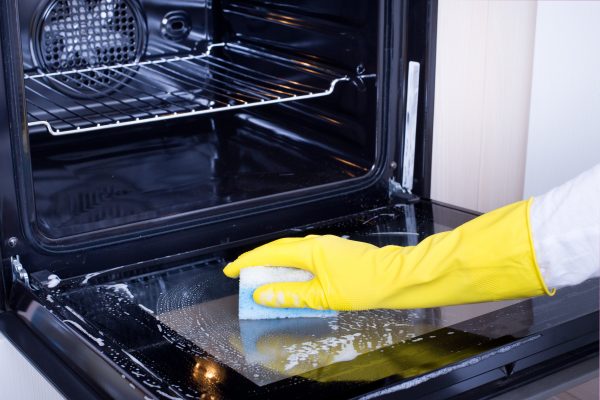
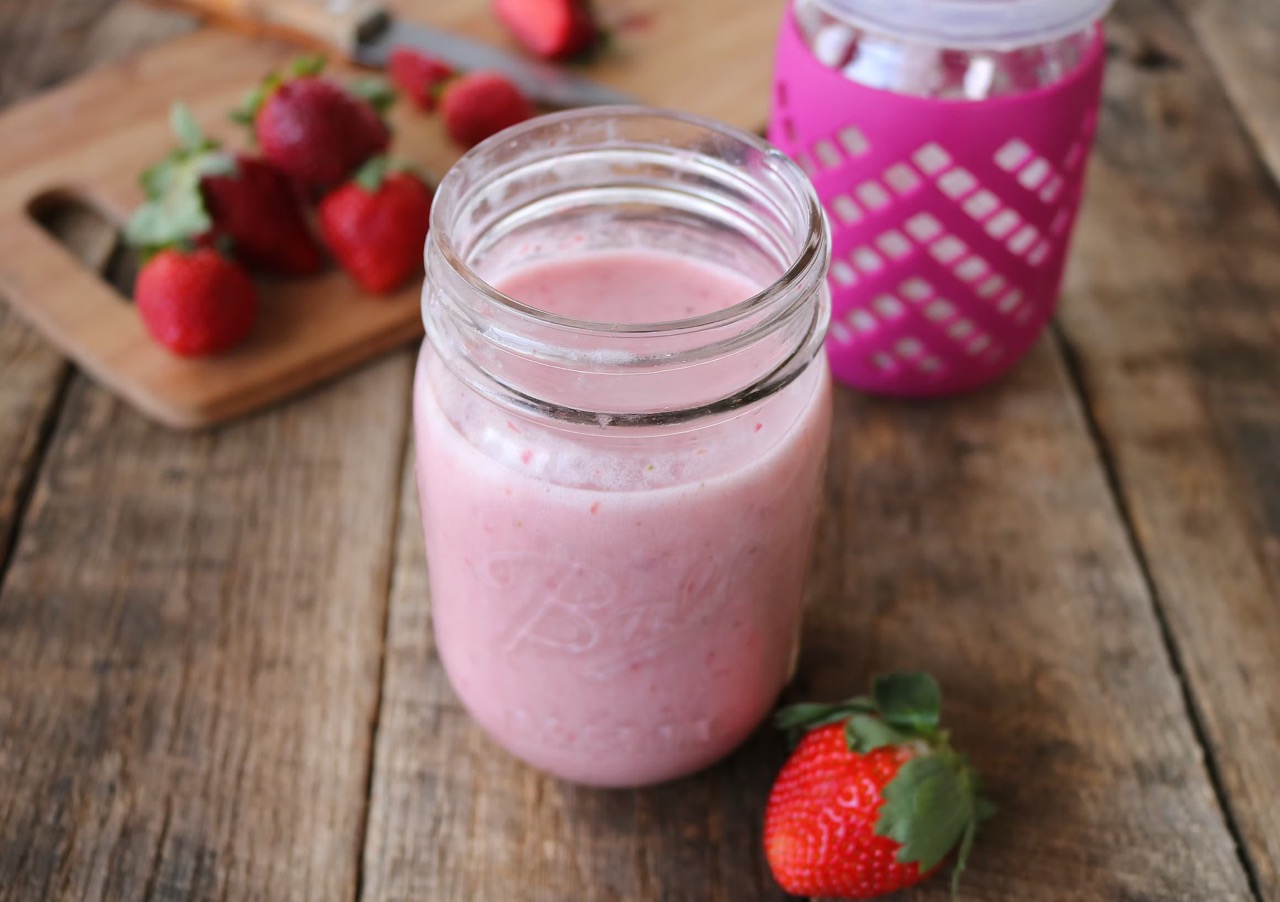

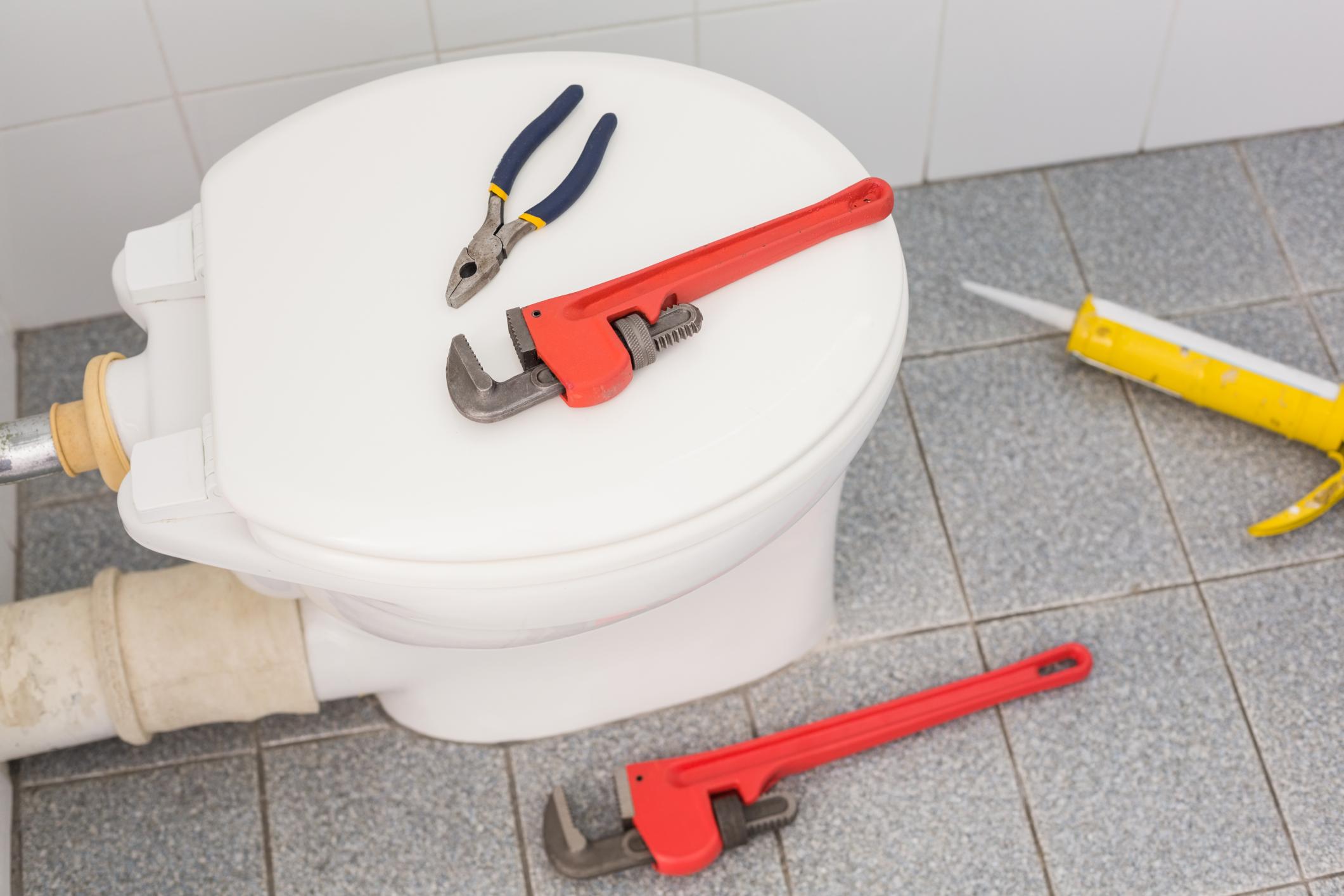
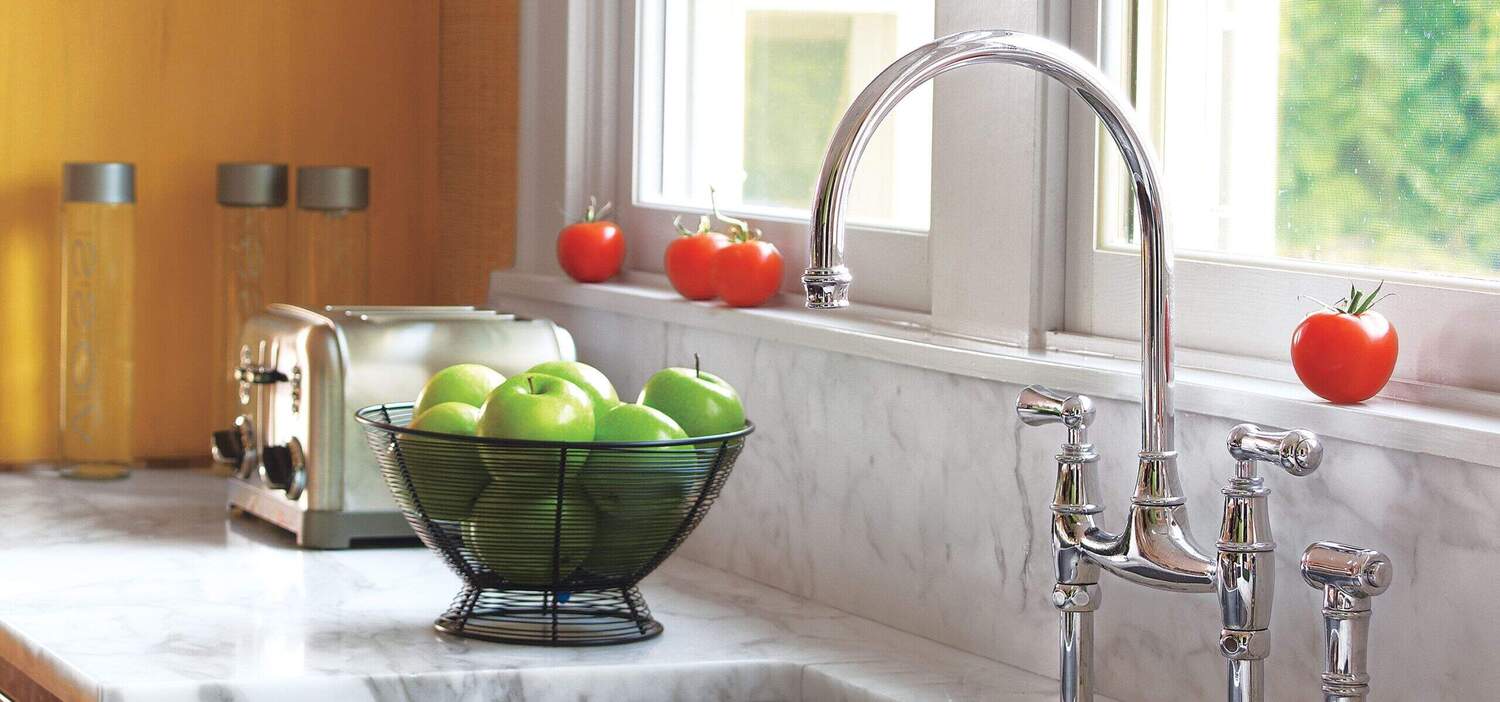
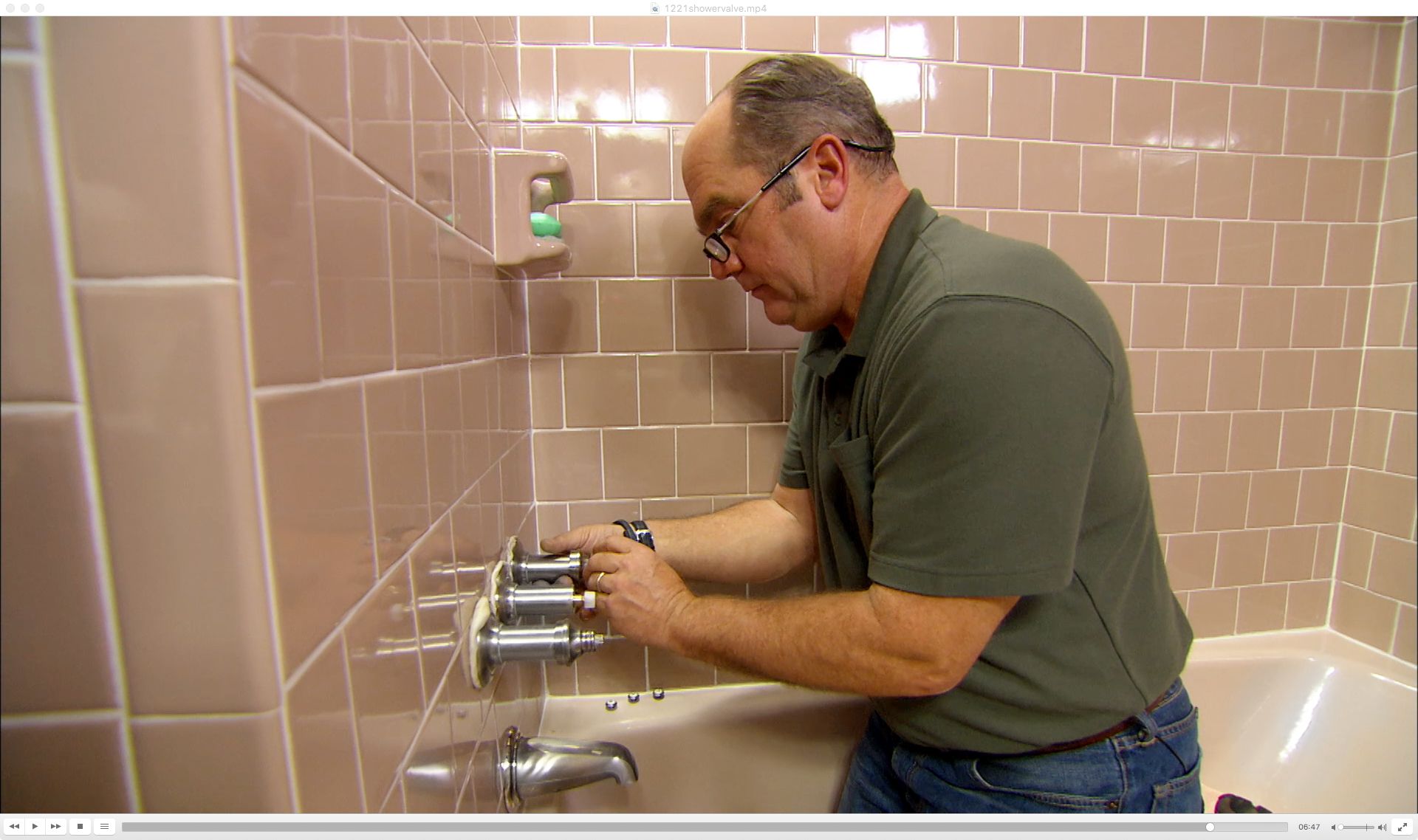
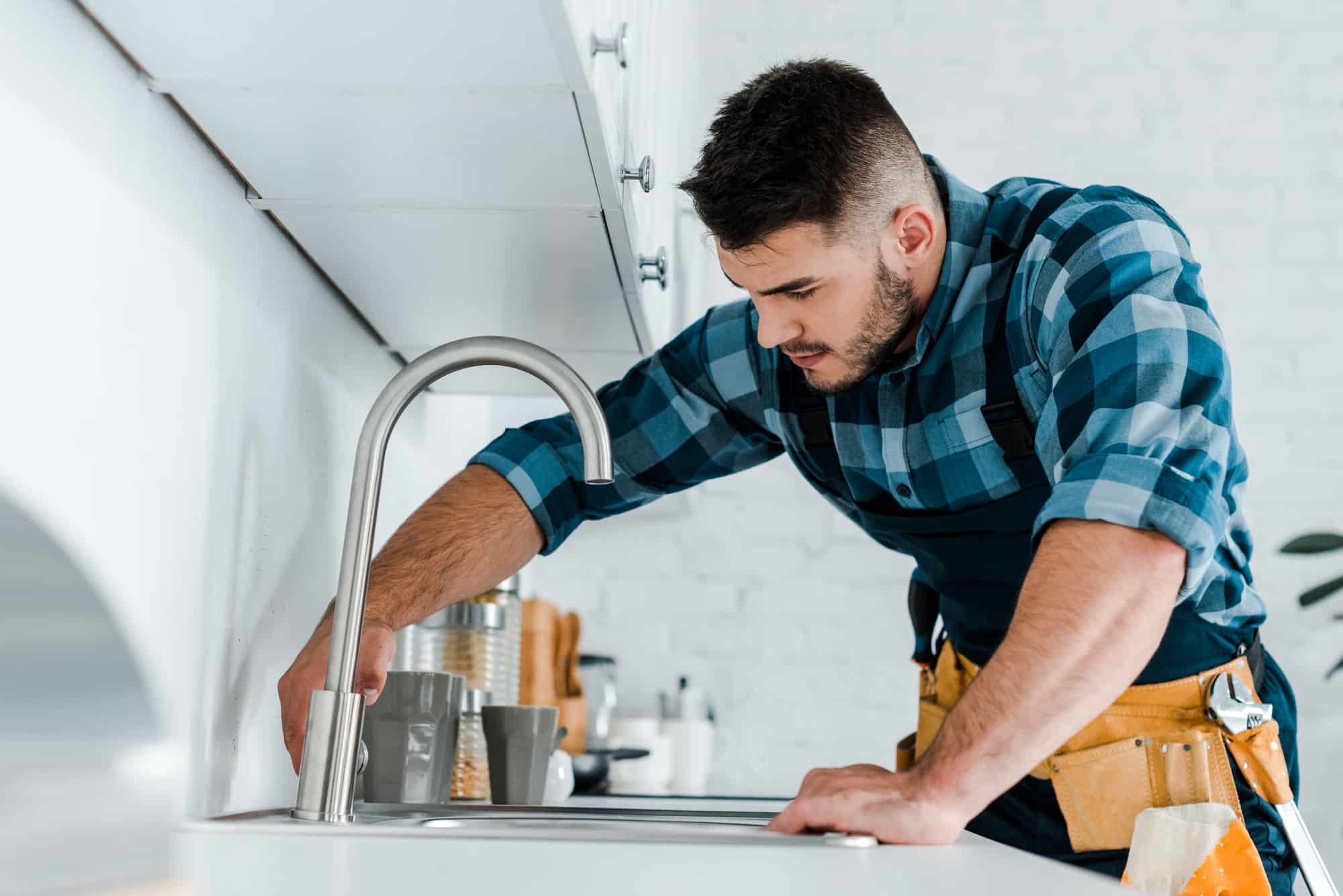
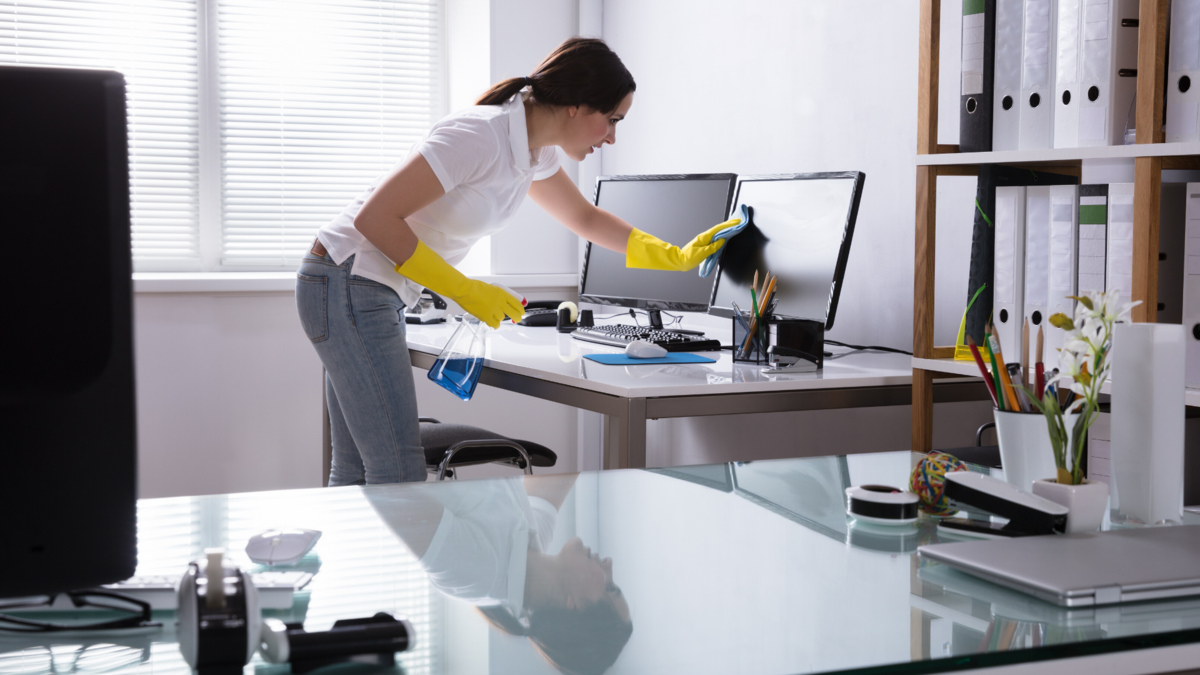
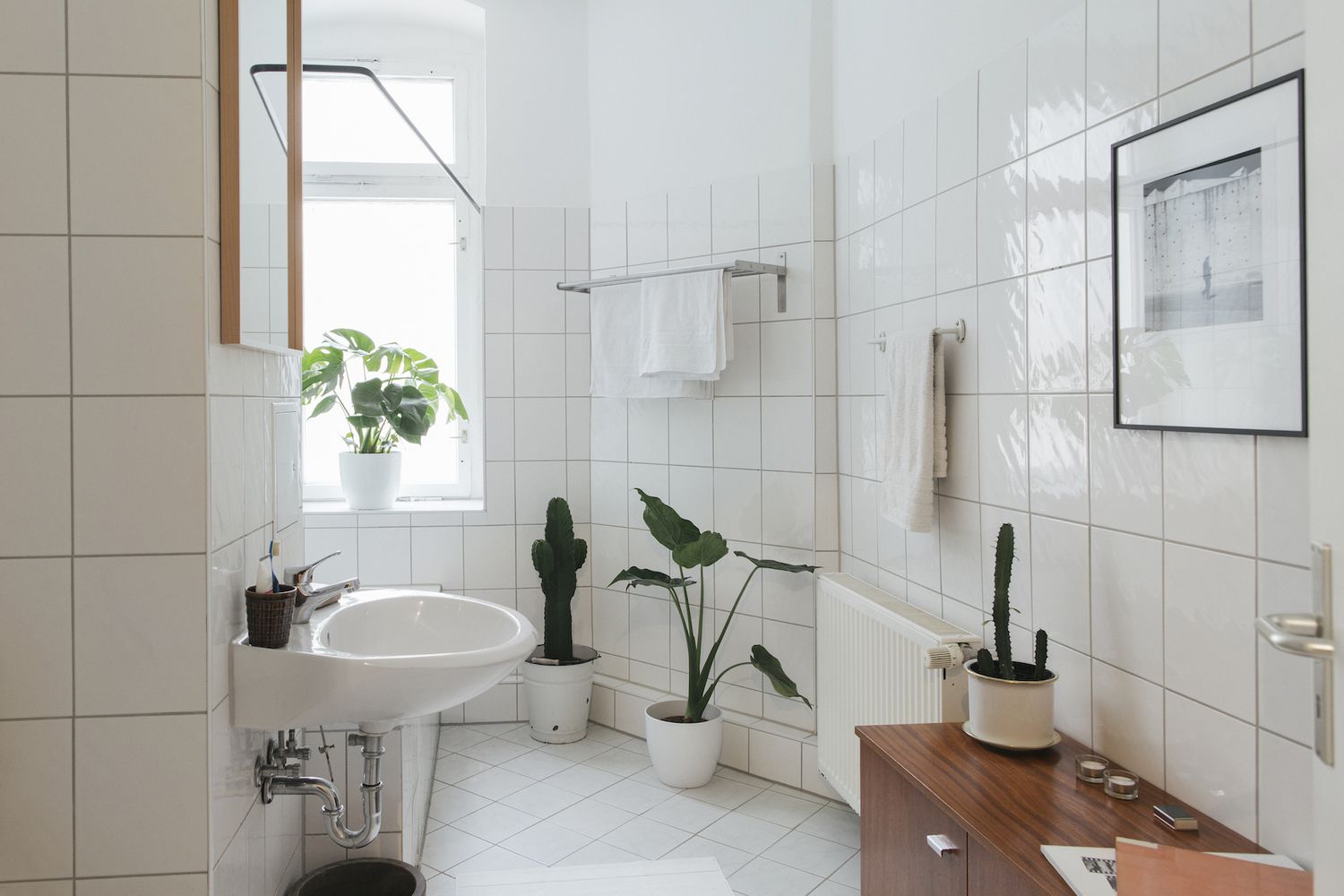


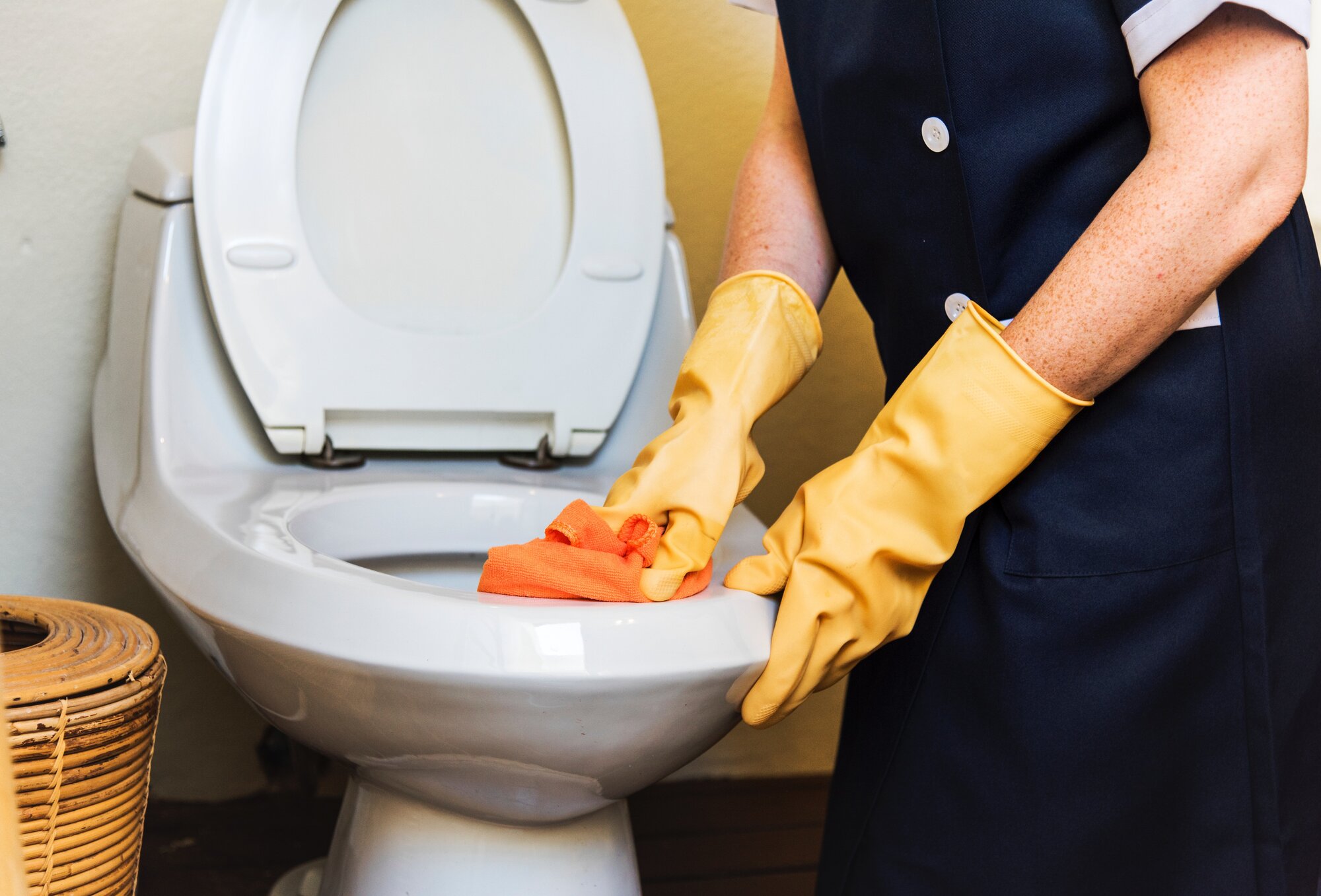
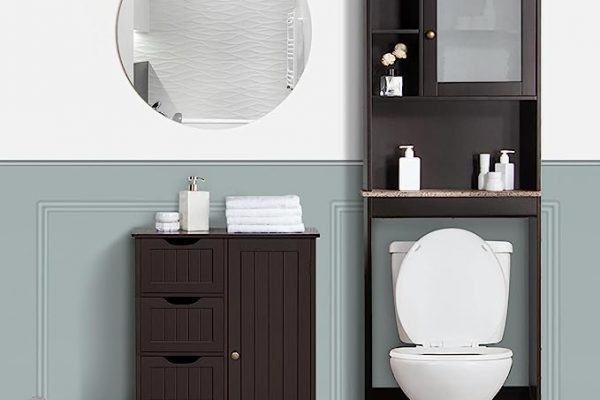


0 thoughts on “5 Bathroom Cleaning Hacks That Don’t Work”